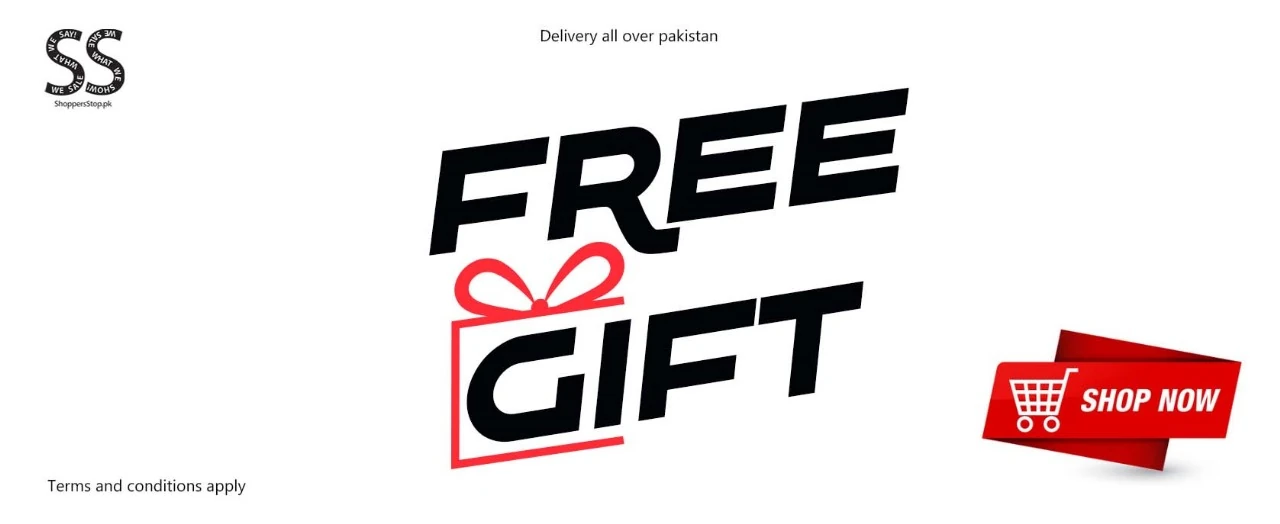Free gifts are promotional items provided at no extra cost to customers, often as part of marketing strategies aimed at enhancing customer loyalty or encouraging the purchase of specific products. The nature of these items can vary widely in terms of type and purpose, appealing to consumers in various ways. Free gifts may be included with purchases, offered during special promotions, or distributed at events, serving as effective tools for brands to increase visibility and engage with their target audience.
About Free Gifts
The category of free gifts encompasses a diverse range of products that are typically given away to supplement a purchase, promote a brand, or enhance customer satisfaction. These gifts can take many forms, ranging from practical items like tote bags and stationery to novelty gifts and samples. The primary objective of free gifts is to add value to the customer experience, making purchases more appealing and encouraging repeat business.
Different brands and retailers may offer free gifts tailored to their specific audiences or product lines. The gifts can also vary in quality and utility, depending on the marketing strategy and target demographic. While some gifts may serve a practical purpose, others might focus on brand exposure and awareness, functioning primarily as promotional items rather than useful products.
Common Product Types and Features
- Promotional stationery items, such as pens, notepads, and calendars, which are often useful in everyday situations.
- Reusable bags or totes, typically constructed from durable materials, designed for everyday use and promoting sustainability.
- Novelty items, including toys or gadgets that are designed to attract attention and create a fun association with the brand.
- Sample products that allow customers to try new items before making a purchase, enhancing the likelihood of future sales.
- Branded apparel, such as t-shirts or caps, which serve both functional and promotional purposes, helping to spread brand awareness.
- Kitchenware or utility items, like mugs or bottle openers, which are commonly used in daily life and often appreciated for their practicality.
- Cosmetic or skincare samples, carefully designed to introduce customers to new products, enabling them to test before committing to a purchase.
Brands utilize free gifts not only to reward existing customers but also to attract new ones. By incorporating these items into their marketing strategies, companies can create a sense of goodwill and encourage consumers to associate positive feelings with their brand. This strategy can lead to increased customer retention and higher sales volume, as consumers are often more likely to return to a brand that has offered them a valuable gift or sample.
Moreover, the distribution of free gifts can be strategically timed during special occasions or events where the target audience is most likely to engage. For example, product launches, holiday promotions, and trade shows are popular venues for distributing free gifts, allowing brands to reach a larger audience and create buzz around their products.
In conclusion, free gifts serve as a multifaceted marketing tool that can significantly enhance customer experience and satisfaction. By providing consumers with valuable and appealing items at no additional cost, brands not only foster loyalty but also create opportunities for increased engagement and sales. As businesses continue to seek innovative ways to connect with their audiences, the strategic use of free gifts remains a cornerstone of effective marketing efforts.

